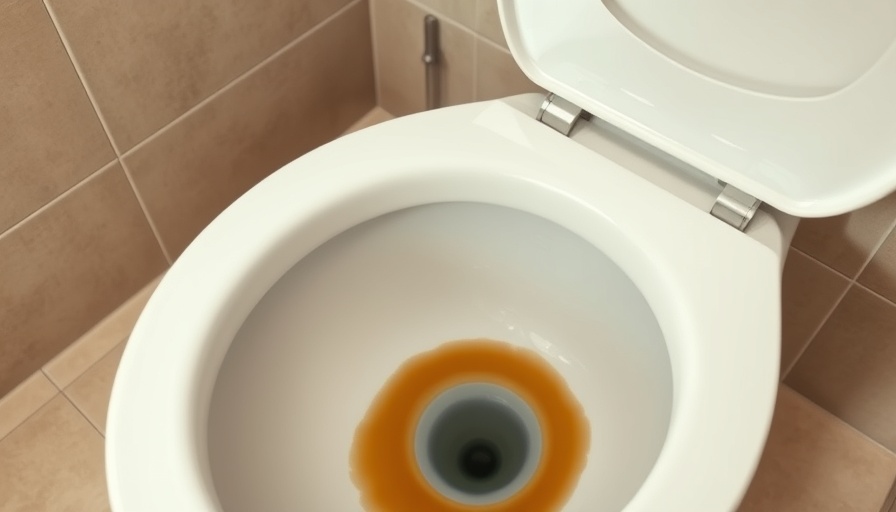
The Importance of a Shower Curb in Your Bathroom
Every homeowner desires a bathroom that is both functional and aesthetically pleasing. One common issue many faces is water puddling on the bathroom floor, which can lead to slip hazards and water damage. This is where a shower curb comes into play. A shower curb acts as a barrier, effectively segregating the wet area of the shower from the rest of the bathroom, keeping your flooring dry and safe. This guide will walk you through the process of building a shower curb yourself, offering step-by-step instructions that even beginners can follow.
Essential Tools and Materials for Building Your Shower Curb
Before diving into the installation process, gather the necessary tools and materials to ensure a smooth operation. Key supplies include:
- Non-corrosive screws
- Waterproof pan liner
- Gloves
- Liner glue
- Cement mortar
- Metal lath
- Portland cement
- Flat trowel
- Utility knife
Having these items on hand will enable you to commence your project without interruption.
Steps to Construct a Shower Curb
Now that you're equipped with the right materials, let's outline the steps to construct your shower curb:
Step 1: Prepare the Shower Area
Start by measuring the shower area to understand how much material you will need. If your bathroom has wooden or laminate floors, proceed with specific preparations; wooden bricks are preferable for added water resistance.
Step 2: Create a Waterproof Base
To shield against leakages and potential mold growth, firmly install a waterproof pan liner. This step is crucial to maintaining the integrity of your flooring. Ensure the liner covers the entire shower floor and extends up the walls by 6 to 8 inches.
Step 3: Lay the Shower Curb
Now it’s time to build the curb itself. Use wood or cement blocks based on your bathroom's underfoot material. Stack the materials to reach a height that allows seamless access to the shower while providing adequate water containment—generally, the curb should be about 2 inches higher than the drain.
Step 4: Apply the Waterproofing
Utilizing mortar, spread a layer over the curb to ensure that it is sealed. It is vital that all surfaces are coated properly, as this will prevent water from penetrating through the curb.
Step 5: Finishing Touches
After installing the curb and applying the mortar, you can enhance your curb’s durability by applying a textured finish or tiles to match the surrounding bathroom decor. Allow everything to dry thoroughly before using the shower.
Common Misconceptions About Shower Curbs
There are several misconceptions regarding shower curbs, particularly among DIY enthusiasts. Many think that a shower curb is merely for aesthetics—while it certainly plays a role in design, its primary purpose is functional. A properly constructed curb prevents drainage issues and protects your flooring from excess moisture. Other common myths suggest that all curbs are the same, failing to recognize that materials and design choices significantly affect performance.
Embracing DIY: Benefits of Building Your Own Shower Curb
Building your own shower curb not only saves money but also allows for customization that reflects your unique style. Additionally, engaging in DIY home improvement projects can boost your confidence and understanding of home maintenance.
Final Thoughts: Why You Should Take Action
Constructing a shower curb is not just a home improvement task; it’s about creating a safe and stylish sanctuary in your home. Now that you have the steps and insights, why not tackle this project head-on? Dive into renovations and feel the pride of completing your shower curb. If you want to see a demonstration, consider checking out DIY videos that provide real-time guidance to reinforce your learning.
Ready to embark on your DIY journey? Gather your materials today and transform your bathroom into a safer and more functional space!
 Add Row
Add Row  Add
Add 




Write A Comment